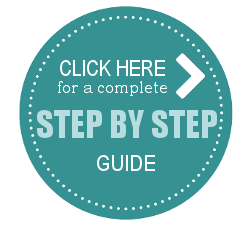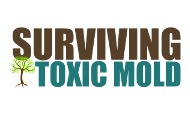|
A Mold Recovery Blog Wednesday, March 12 2025
Can Mold Cause Ear Infections?
Contrary to common belief mold is in fact harmful in multiple ways. It has been linked to sinus problems, allergies, food allergy, gluten sensitivities, ear infections, breakdown of DNA, autoimmune diseases and even some cancers. The good news is that you can do something about it.
How can mold affect the inner ear? Toxic mold exposure can have several effects on the inner ear, potentially leading to various health issues. Here are some ways it can impact the inner ear:
If you suspect mold exposure is affecting your ear health, it's important to seek medical attention. Treatment can help alleviate symptoms and prevent complications. Here are a few steps you can take to get started.
Monday, March 03 2025
Does Homeowners Insurance cover mold? Homeowners insurance can cover mold damage, but it depends on the cause of the mold. Generally, mold damage is covered if it results from a "covered peril," such as a burst pipe or an accidental water leak. However, mold caused by long-term issues, like ongoing leaks or poor maintenance, is typically not covered. If you live in a humid area or have a home prone to mold, you might consider adding a mold endorsement to your policy for extra protection. It's always a good idea to review your specific policy or speak with your insurance agent to understand your coverage better. If you do find out that your policy does cover mold..How do you file a claim with your insurance against mold? Filing a claim for mold damage under your homeowners insurance policy involves several steps. Here's a general guide to help you through the process:
Remember, the specific steps and requirements may vary depending on your insurance policy and company. It's always a good idea to review your policy and speak with your insurance agent for personalized guidance. Sunday, March 02 2025
Is it true that some digestive enzymes can contain mold or are derived from mold? Yes, some digestive enzymes can come from mold. Certain fungi and molds produce enzymes that can be used in various applications, including food processing and dietary supplements. For example, molds like Aspergillus niger are known to produce enzymes such as amylase and protease, which aid in the breakdown of carbohydrates and proteins.
Digestive enzymes are typically sourced from three main categories:
Can enzyme supplements that are derived from toxic molds affect those with mold illness? Yes, enzymes derived from Aspergillus can affect people with mold illness. These enzymes, often used in various industrial and food processes, can still trigger allergic reactions or other health issues in sensitive individuals. Here are some potential effects:
It's essential for individuals with mold illness to be cautious about exposure to Aspergillus-derived enzymes and consult with healthcare professionals if they experience any adverse reactions.
For those looking to avoid mold-derived digestive enzymes, there are several alternatives available. Here are some of the best options:
It's essential to check the labels and sources of digestive enzyme supplements to ensure they are free from mold-derived ingredients. You can find more information on mold-free digestive enzymes below
https://www.sciencedirect.com/science/article/pii/B9780128096338091731 |
|
Do you think you might have mold in your home, place of business or school? Are you or someone you love suffering from an unknown illness that doctors can't diagnose? Is mold making you sick? Go to our Step by Step and start Surviving Toxic Mold. |

 Exposure to toxic molds in an indoor environment can potentially cause ear infections. Mold spores can enter the ear canal and cause irritation or infection, leading to symptoms like pain, itching, and discharge
Exposure to toxic molds in an indoor environment can potentially cause ear infections. Mold spores can enter the ear canal and cause irritation or infection, leading to symptoms like pain, itching, and discharge





